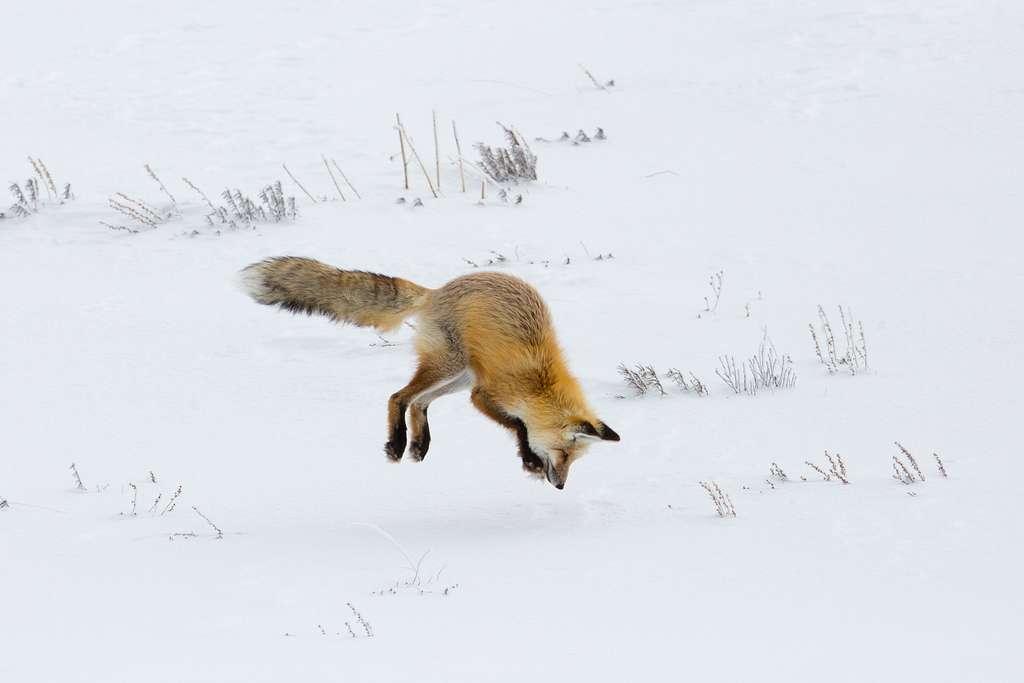
Bob Suchanek
Entire ecosystems are adapted to the challenges of winter. Leaves change color; butterflies and birds migrate. The natural world knows what’s coming.
As trees and fields sleep, many animals carry on under the terms nature imposes. Harsh terms, but the animals are well prepared.
Red foxes, for example, have doubly insulated winter coats and thick foot fur, which allows them to stay warm on top of the snow and hunt the mice below. The list of double-coated and thick-furred mammals includes wolves, deer, gray squirrels, bear, and bison. The coats of deer and wolves are so effective that snow accumulates on them without melting.
The thirteen-lined ground squirrel (commonly called a gopher) is a world class winter survivalist. This little rodent bulks up during the summer on seeds, insects, and mice before settling down for a very long winter’s nap. Beginning in October and ending in March or April, the squirrel decreases its heart rate, metabolism, respiration and body temperature and enters a death-like state called torpor. Surviving for many months without food or water requires a way to avoid dehydration and suppress the urge to take a drink. The mechanisms that make this possible revolve around the management of blood levels of sodium and other chemicals that signal the brain to take a drink when concentrations are high. This squirrel removes these chemicals and stores them outside its blood, likely in its bladder.
The painted turtle – the most common turtle in North America – is another example of astounding adaptability. Hibernating in the mud at the bottom of lakes and ponds, the turtle is able to “breathe” by absorbing oxygen through the posterior cavity of its intestines. This endothermic (“cold blooded”) reptile is able to stay alive in reduced oxygen environments because its metabolic rate is only 10 to 20% of that of a similarly sized mammal. But what if the turtle uses up the oxygen in the mud? Well, it stops using oxygen and relies on anaerobic respiration, the competitive edge that athletes tap for short bursts of strength and speed. Unlike human athletes, these turtles can metabolize without oxygen for up to four months. The lactic acid produced could be fatal in high concentrations, but calcium and magnesium ions in the turtle’s skeleton and shell neutralize it.
Most animals seek to protect themselves from winter’s cold, but not the wood frog. It freezes most of its body and stops its heart and breathing for the duration of the winter, becoming a living “frogsicle.” About 65% of the water in the wood frog’s body freezes solid, but not the water inside its cells. These are protected by large amounts of a syrupy sugar solution that prevents freezing and binds the water to prevent dehydration. The frozen frog has been described by the National Park Service as “a lump of hard, frigid, icy stone carved in the shape of a frog.” As the weather warms the frog thaws, beginning with a heartbeat.
These are some of the many amazing wintertime adaptations in the animal world. Humans also have adapted to survive in the cold: clothing layers! Maybe you can show us your favorite coat layer on a winter outing.
Bob Suchanek is a member of the Water and Wetlands Stewards. When he isn’t writing about our amazing wildlife, he is thinking about how to protect their habitat.